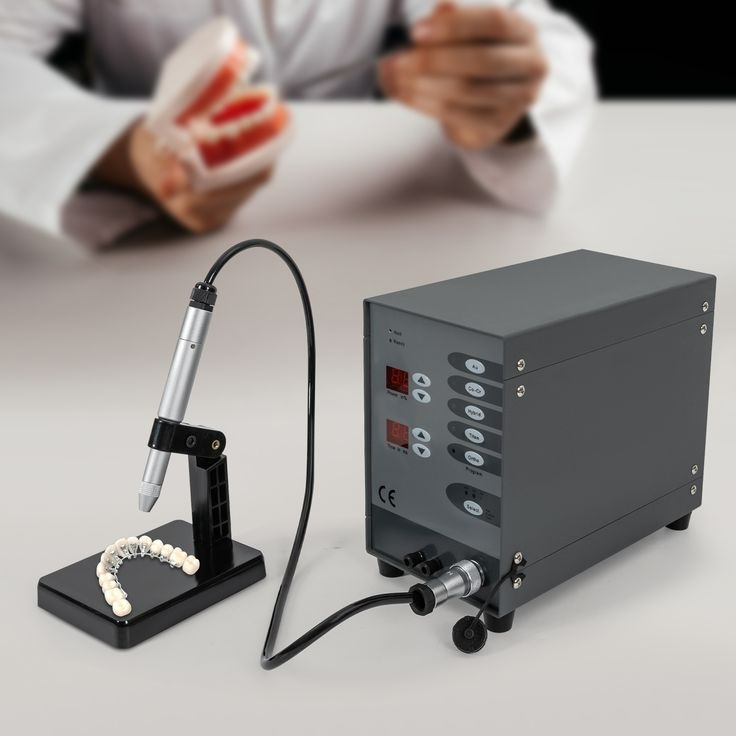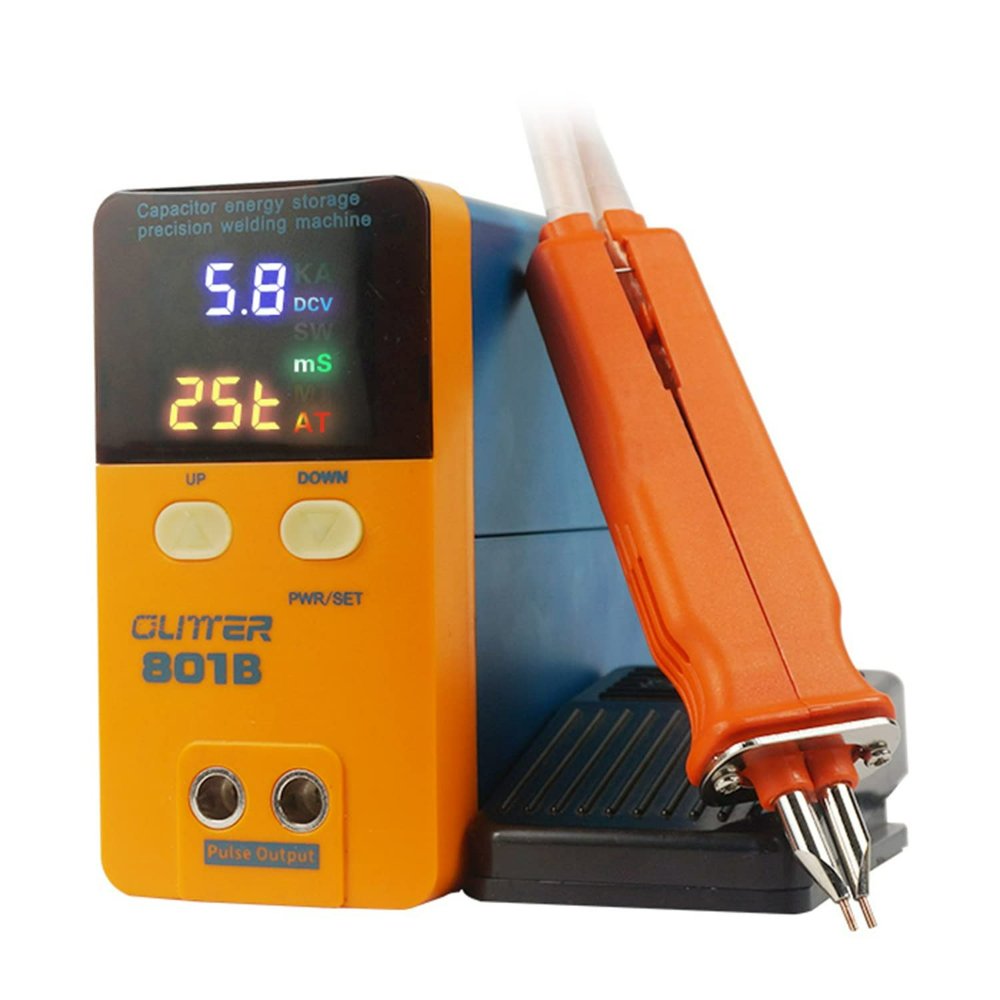Top Tips for Using a Small Welding Machine for Home Use Safely
Types of Small Welding Machines
Choosing the right small welding machine for home use depends on the type of projects you’ll be tackling. Let’s explore the common types suited for different needs and skill levels.
MIG Welders for Home Use
MIG welders are a top pick for beginners. They’re versatile and easy to use. For small home projects, a compact MIG welder can handle various tasks. Look for one with user-friendly controls. It should offer a smooth welding process. Most MIG welders work well with thin to medium thickness materials.
TIG Welders for DIY Enthusiasts
TIG welders appeal to the more experienced DIYers. They are great for precision work. When using a TIG welder, you can expect clean and high-quality welds. Though they may have a steeper learning curve, they offer control over heat and speed. For hobbies that need attention to detail, a TIG welder is a solid choice.
Stick Welding Machines for the Hobbyist
Stick welding machines are ideal for the outdoors. Their simplicity and durability make them fit for hobbyists. These machines can weld rusty or dirty metals. They do not require gas, which means they’re good for windy conditions outdoors. Stick welders are less suited for thin materials. But they excel with thicker items.
![]()
Key Features to Look for in a Home-Use Welder
Finding the right small welding machine for home use means considering several key features. Here’s what you should focus on to get the best results for your DIY projects.
Power Requirements and Output
Check the voltage and amperage of the welder. It needs to match your home’s power outlets. Higher output allows you to work on thicker materials. But, for most home projects, a welder with moderate power is enough.
Portability and Size
A compact design makes a welder easy to move and store. Look for a small welding machine with a handle or wheels. It should be light enough to carry around your workspace or home.
Duty Cycle and Performance
The duty cycle represents the time a welder can run without a break. For home use, a machine with a 20% to 30% duty cycle is usually sufficient. It should perform well for the duration of your small projects.
Control Panel and User Interface
Simple controls are a must for home welders. A clear and intuitive user interface helps you adjust settings without confusion. Look for a welder with an easy-to-read display and straightforward controls.
Safety Precautions When Using a Welding Machine at Home
When engaging in welding tasks at home, safety must be your top priority. The risks involved with welding, such as sparks, spatter, and harmful fumes, require strict precautions. Below, we discuss essential safety measures to help protect yourself and your surroundings.
Protective Gear and Clothing
Wear the right protective gear before you start. This includes a welding helmet with the correct shade to protect your eyes from the arc. Long-sleeved jackets made from durable, flame-resistant materials are also important to shield your skin. Gloves are a must to keep your hands safe from burns and electric shock. Lastly, leather boots protect your feet from hot metal and sparks.
Ventilation and Fume Extraction
Good ventilation is crucial to disperse toxic fumes away from your breathing zone. If possible, weld outdoors for natural airflow. Otherwise, use fans or fume extraction systems indoors. Always check that there’s enough ventilation in your welding area to ensure a safe environment.
Electrical Safety Tips
Electric shock is a serious risk when welding. Make sure your work area is dry and not in contact with water. Use a welding machine with a ground clamp, and always inspect it before use. Keep the welding equipment in good condition, and turn it off when not in use. This reduces the risk of electrical hazards.
![]()
Top Recommended Small Welding Machines for Beginners
Starting with welding at home can be daunting. The right equipment makes a big difference. Here are top small welding machines that are beginner-friendly.
Understanding Different Brands and Models
With various brands and models, choosing can be tough. Look for brands known for reliability and customer support. User reviews can guide you to models with proven performance. Remember, some brands specialize in certain types of welders. For MIG welding, brands like Miller and Lincoln are highly recommended. For TIG and stick welding, consider Hobart or ESAB. Research specs like power output and duty cycle before buying.
Cost vs. Performance Analysis
Balance cost with your welding needs. Higher cost doesn’t always mean better performance for small projects. Sometimes, a less expensive model will fit your needs just fine. Don’t overpay for features you won’t use. For home projects, a machine with moderate power and a decent duty cycle works well. Keep an eye out for warranty and after-sale services. These aspects can save money and hassle in the long run.
How to Set Up Your Home Welding Area
Setting up a dedicated space for welding at home is crucial for safety and efficiency. Here are tips to help you create an effective welding area.
Space Considerations and Layout
Start by choosing a well-ventilated space to set up your welding area. A garage or shed with plenty of fresh air flow works well. Ensure the space is free of clutter and flammable materials. Lay out your welding area with enough room to move around safely. Position your small welding machine for easy access but out of the way of general foot traffic. Install bright and direct lighting to improve visibility of your work.
Necessary Tools and Accessories
Gather all the tools you’ll need before you begin to weld. This includes clamps, hammers, wire brushes, and a sturdy workbench. Make sure you have proper storage for your tools to keep the space organized. An angle grinder is handy for finishing welds and smoothing edges. A fire extinguisher should be within reach for emergencies. Also, include a first aid kit in your welding area for minor injuries. Always double-check that you have the right protective gear close at hand as you set up your workspace.
![]()
Welding Projects You Can Do at Home
Welding at home can be a rewarding way to create and fix things with your own hands. With a small welding machine for home use, you can tackle a range of DIY projects. Let’s dive into some practical and fun ideas you can start with.
Furniture and Home Decor
Turn your living space into a custom paradise with unique pieces you can brag about. You can create metal frames for coffee tables, shelves, or even bed frames. With the right design, you can produce durable and stylish furniture. Weld decorative pieces like wall hangings or metal plant holders to add a personal touch to your decor.
Repairing Tools and Equipment
Your small welding machine can save you money by extending the life of your tools and equipment. Weld broken metal handles, patch up garden tools, or reinforce worn-out parts. A weld here and there can make your tools last longer, so don’t throw them away just yet.
Customization and Creative Projects
Let your imagination run wild and customize items or create art. You can modify bicycles, make fire pits, or even sculpture metal art pieces for your garden. If you’re into cars, you could weld custom brackets or patches for your vehicle. Go creative and make something that reflects your style.
Maintenance Tips for Your Small Welding Machine
Taking care of your small welding machine for home use will extend its lifespan and ensure its reliability. Here’s what you can do to keep your machine in top condition.
Routine Check-Ups and Cleaning
Regular inspections can spot potential issues before they worsen. Check the machine for loose parts or damage. Clean it after each use to prevent buildup of dirt and dust. Wipe external surfaces with a dry cloth. Use a brush to clean out debris from the machine’s crevices. Always disconnect the machine from power before cleaning.
Troubleshooting Common Issues
Learn to fix simple problems to save time and money. If you notice abnormal sounds or a weak arc, investigate the cause. Check for a clogged nozzle or a worn-out contact tip if you’re using a MIG welder. For a TIG welder, ensure the tungsten electrode is not damaged. Consult your machine’s manual for guidance on common issues and solutions.
When to Seek Professional Services
If you can’t fix an issue yourself, it’s time to call in the experts. Seek professional services for electrical problems or when the machine fails to power on. Professionals can handle repairs safely and correctly. Set aside a budget for maintenance to avoid sudden expenses. Remember, regular care helps prevent the need for costly services.

